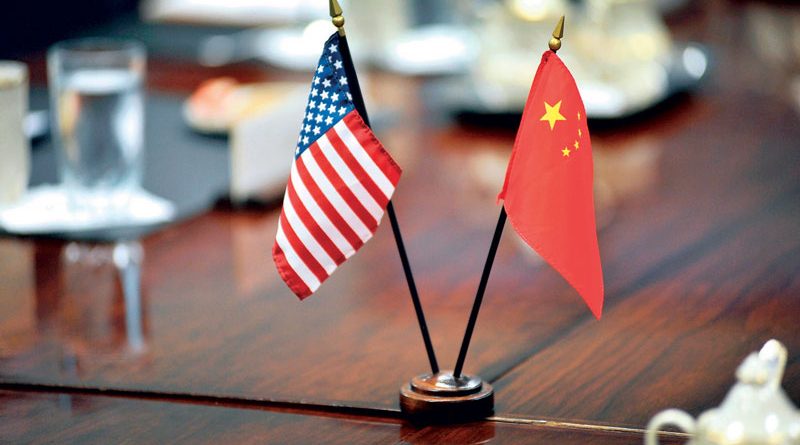Aluminum Association Applauds Phase One China Trade Deal
The Aluminum Association has welcomed the signing of the US-China ‘Phase One’ trade deal and urged negotiators to focus on addressing the subsidized overcapacity that is hurting US aluminium producers in Phase Two. Statement follows in full
by Roberto Guccione
The Aluminum Association released the following statement from Lauren Wilk, the Aluminum Association’s vice president for policy, in response the recently signed Phase One trade agreement between the United States and China: “We congratulate President Trump and his administration on this important first step toward a more balanced trading relationship between the U.S. and China. As the parties move to the next phase of negotiations, we strongly urge negotiators to focus on addressing the unfairly subsidized overcapacity that is hurting U.S. aluminium producers – and impacting the global aluminium market. A 2019 study by the Organisation for Economic Cooperation and Development (OECD) documented tens of billions of dollars in government state subsidies to aluminium firms over a five-year period, mainly to a handful of aluminium-producing companies in China. It is essential to the long-term health of domestic aluminium manufacturers that China end the structural subsidies that make it impossible for U.S. and global aluminium producers to compete on a level playing field. We were encouraged by the recent announcement by the U.S., European and Japanese governments pursuing strengthened World Trade Organization (WTO) rules addressing industrial subsidies. The Trump administration has a tremendous opportunity to support more than 160,000 American aluminium workers by pursuing bilateral and multilateral agreements to rein in unfair activity in China”.
Last year, the administration committed to address “how market-distorting forces, including subsidies and state-owned enterprises, can lead to excess capacity” as part of ongoing trade negotiations with China . While targeted trade enforcement activity, including successful antidumping and countervailing duty cases, have reduced imports of Chinese aluminium into the U.S. in recent years, overcapacity continues to grow – and, unfortunately, to penetrate other foreign markets. Over the past five years, aluminium overcapacity in China has grown by 60% and increasingly that metal is being exported to third party countries, further distorting global markets. Research firm CRU estimates that China will export more than 3.4 million tons of semi-fabricated aluminium in 2020, fully 3.5 times U.S. aluminium production.

